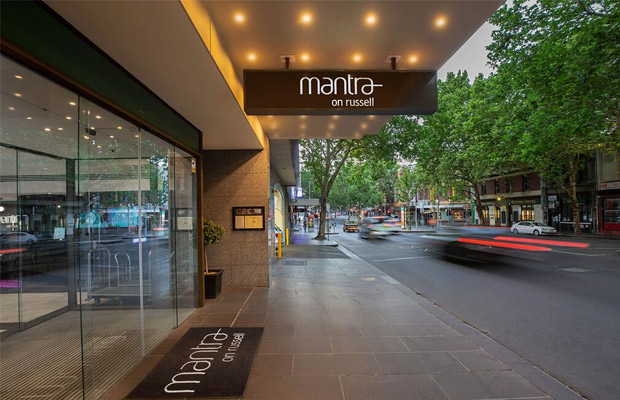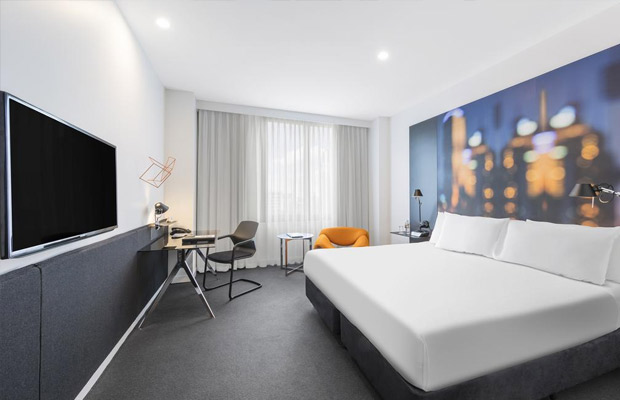Flinders Street Railway Station
Flinders Street Railway Station
Australia
Melbourne
Melbourne Travel Guide
Book Tour & Activities
Your tour in Melbourne.
Book your stay
Your hotel in Melbourne.
Overview
Flinders Street railway station is located on the corner of Flinders and Swanston streets in the central business district of Melbourne, Victoria, Australia. Opened in 1854, the historic station serves the entire metropolitan rail network, as well as some country services to eastern Victoria.
Backing onto the Yarra River in the heart of the city, the complex includes platforms and structures that stretch over more than two whole city blocks, from east of Swanston Street nearly to Market Street. Flinders Street is served by Metro's suburban services, and V/Line regional services to Gippsland. It is the busiest station on Melbourne's metropolitan network, with an average of 77,153 daily entries recorded in the 2017/18 fiscal year. It was the terminus of the first railway in Australia and was reputedly the world's busiest passenger station in the 1920s, owing to the concentration of services there that was only rectified with the construction of the City Loop in the 1970s. Its main platform is Australia's longest, and the fourth longest railway platform in the world.
History
Early terminus
The first railway station to occupy the Flinders Street site was called Melbourne Terminus, and was a collection of weatherboard train sheds. It was opened on 12 September 1854 by the Lieutenant-Governor, Charles Hotham. The terminus was the first city railway station in Australia, and the opening day saw the first steam train trip in the country. It travelled to Sandridge (now Port Melbourne), over the since-redeveloped Sandridge Bridge and along the now-light rail Port Melbourne line.
The first terminus had a single platform 30 metres long, and was located beside the Fish Market building on the south-west corner of Swanston and Flinders Streets. An additional platform was provided in 1877, along with two overhead bridges to provide passenger access, followed by additional timber and corrugated iron buildings and a telegraph station in 1879.[11] The first signal boxes were opened at the station in 1883, one at each end of the platforms.[13] By the 1890s, a third island platform had been constructed.
Melbourne's two other early central-city stations, Spencer Street and Princes Bridge, opened in 1859. Spencer Street served the lines to the west of the city, and was isolated from the eastern side of the network until a ground level railway was built connecting it to Flinders Street in 1879, this track being replaced by the Flinders Street Viaduct in 1889.
Princes Bridge was originally separated from Flinders Street, even though it was only on the opposite side of Swanston Street. Once the railway line was extended under the street in 1865 to join the two, Princes Bridge was closed.[16] It was reopened in April 1879, and from 1909 slowly became amalgamated into Flinders Street.[17] Federation Square now occupies its site. Up until the 1880s a number of designs for a new station had been prepared, but none ever went further.
A 3-min walk from Federation Square
Address: Flinders St, Melbourne VIC 3000, Australia
Construction started: 1905
Train operators: Metro Trains; V/Line
Architectural style: French Renaissance architecture
Architects: James Fawcett, H.P.C Ashworth
Video Travel Inspiration
See Flinders Street Railway Station on Map
Most Popular Cities

Siem Reap
Cambodia
Ho Chi Minh City
Vietnam
Beijing
China
Paris
France
London
United Kingdom
New York
USA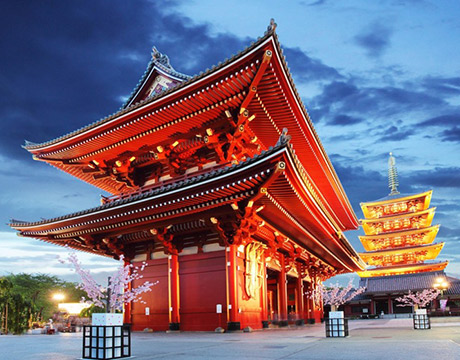
Tokyo
Japan
Bangkok
Thailand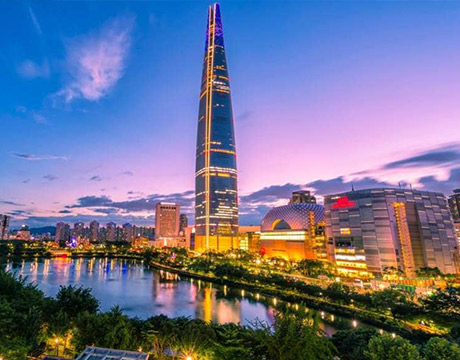
Seoul
South Korea
Vientiane
Laos
Yangon
Myanmar
Washington DC
USA
Los Angeles
USA
Ottawa
Canada
New Delhi
India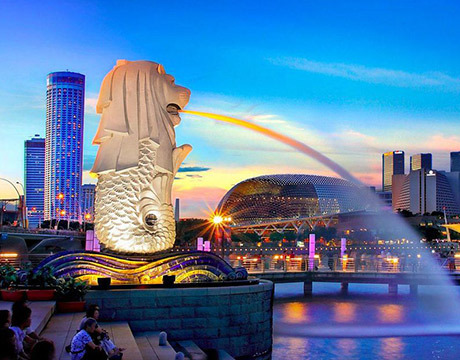
Singapore
Singapore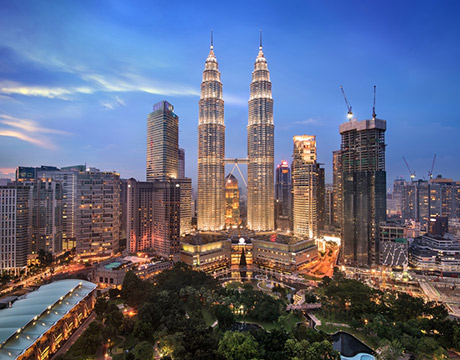
Kuala Lumpur
Malaysia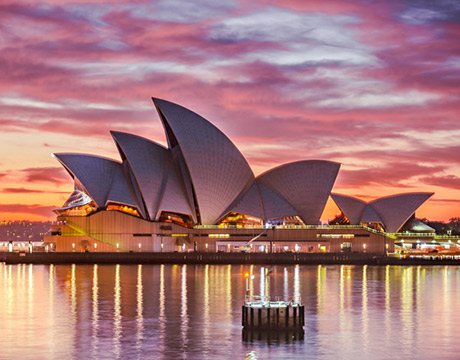
 English
English French
French Khmer
Khmer Thai
Thai Vietnamese
Vietnamese Chinese
Chinese Korean
Korean German
German Japanese
Japanese Italian
Italian Russian
Russian Spanish
Spanish Dutch
Dutch Indonesian
Indonesian Malay
Malay















